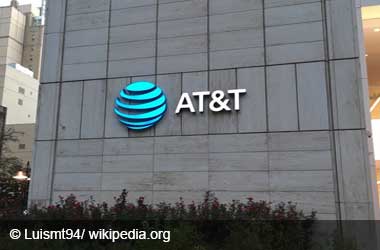
One of the particular categories explained in the patent application would also be “career interests.” Therefore, we can take for granted that the facility is not only planned to track likely negative social media deeds. Maybe prospective employers could employ it instead to locate people who might be fascinated in their sector.
However, the platform is not only aimed to track the actions of specific accounts. Another embodiment of this could be non-siloed tracking of patterns. A service user might be aware of what individuals across platforms are chatting about. This would dodge the need for multiple social media accounts to acquire data.
It can also be intended at companies that may desire to know what individuals utter in their establishments on various platforms. Even occasional users could discover what individuals are paying attention to in their circle of influence. The information can be sorted into numerous categories including date, time or location.
“The information created or shared on social media applications is typically siloed by the application and/or platform on which it was created or shared. For example, if a user of multiple social media applications wants information about current trends at a particular time, information about the current trends at a particular location, or information about the behavior and activities of their friends, in general, at a particular location, or at a particular time, this information may not be available from a single media application. In general, the ability to track micro-culture transactions (i.e. a particular social media account including followers) by location, time and content may have enormous value in e-commerce, marketing, and targeted advertising.”
The explained product can have a number of different purposes. The content creators would preserve the data rights in the social media mapping facility in the blockchain. One benefit for the title-holder could be that the posts and tweets they make would stay on the blockchain map even if they were normally censored by the platform.
“The social media history map platforms described herein may take advantage of the immutable and permanent nature of blockchain records to store, and provide access to, data representing online transactions that occur on multiple social media applications. However, instead of passing ownership of blocks or data between users, a social media account owner maintains primary ownership of his or her online transaction data. What passes from the social media account owner to other users of the social media history map service, such as followers of the social media account owner, is a notion of elevated visibility rights.”
Some components of the patent narrative may elevate concerns about confidentiality. In one segment, the authors speak about shopping behavior and common online actions. The desire of a marketer could be to get access to such data per person. As a result, targeted marketing could attain fresh heights.
There are nevertheless several models that could profit both parties. A conceivable idea could be an opt-in program in which the client is compensated for voluntary data. Marketers would be paying for it.
Precise social media mapping technologies are generally unusual at the moment. Entire companies are dedicated to the correct use of the diverse marketing capabilities of each platform.
Social media mapping can help the user or third parties such as employers and marketers in several ways. One thing is certain: if this patent is allowed to AT&T, they will have a slice of all social media mapping that has a blockchain constituent.